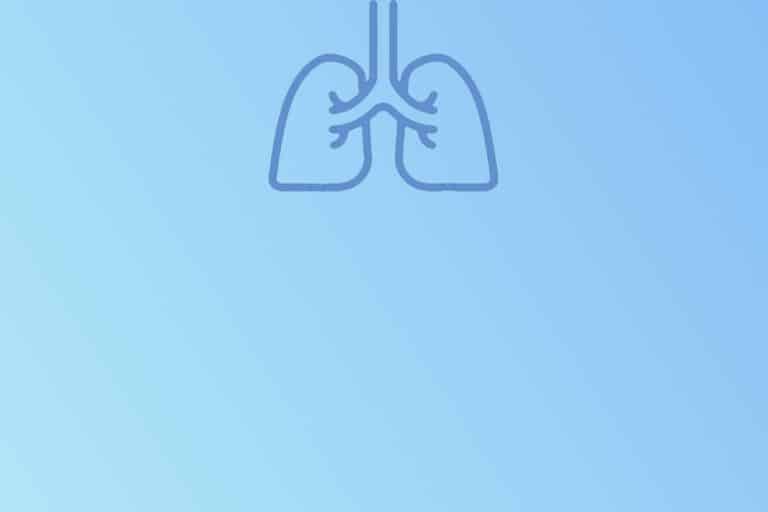Persistent ductus arteriosus
Persistent ductus arteriosus (PDA) connects aorta with main pulmonary artery (MPA) (or left pulmonary artery – LPA) and during fetal life serves as important right-left shunt => mixed blood flowing from the pulmonary artery to the descendant aorta and supplying the lower half of the body. PDA prenatally remains open due to low partial pressure…






